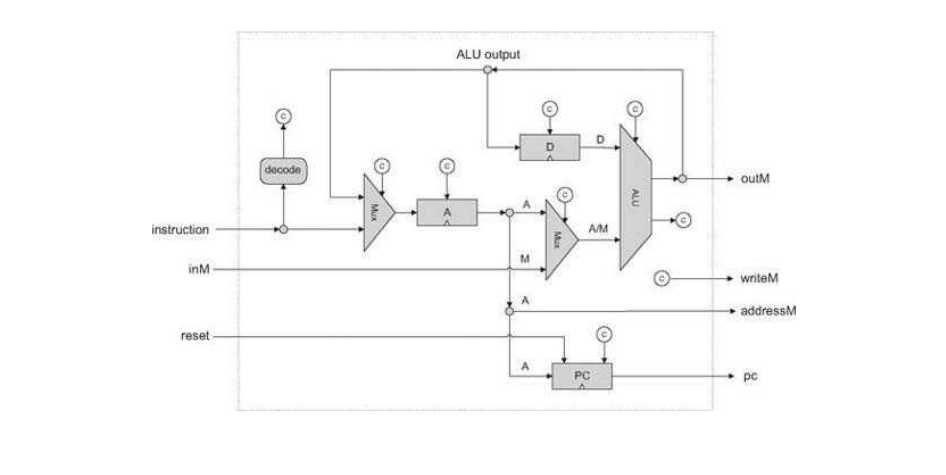Hi
I haven't done the cousera course and I believe this forum is independent of that course, also it's been a while since I did what to me is chapter 5 (?) of the book. What I will say is that the book Elements of Computing Systems (which is what I used) goes into a lot of detail and covers some of the info you "appear" to be missing. Also figure 5.9 (in the book) is a very good structure (like very very very good) on which to base your design...The A register is well named.
I include a screen shot, just in case you haven't got the book

Apologies if I've not understood your question...